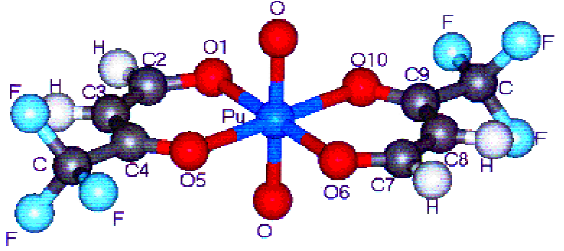-
Spin-orbit coupling within a two-component density functional theory approach: theory, implementation and first applications
L. Gagliardi, B. Schimmelpfennig, L. Maron, U. Wahlgren and A. Willetts
Chemical Physics Letters, 344 (1-2) (2001), p207-212


DOI:10.1016/S0009-2614(01)00761-8 | unige:3730 | Abstract | Article HTML | Article PDF
An implementation of spināorbit coupling within a two-component generalization of the density functional code MAGIC is described. The spināorbit operator is represented in the effective one-electron mean-field approximation and included into the Fock matrix within an iterative self-consistent scheme. First tests have been carried out for the spināorbit splitting of several atoms. The spināorbit effect on the bond distance and harmonic frequency of some diatomics has also been determined. This scheme allows to include spināorbit in a simple way and can be efficiently used to treat large systems.

